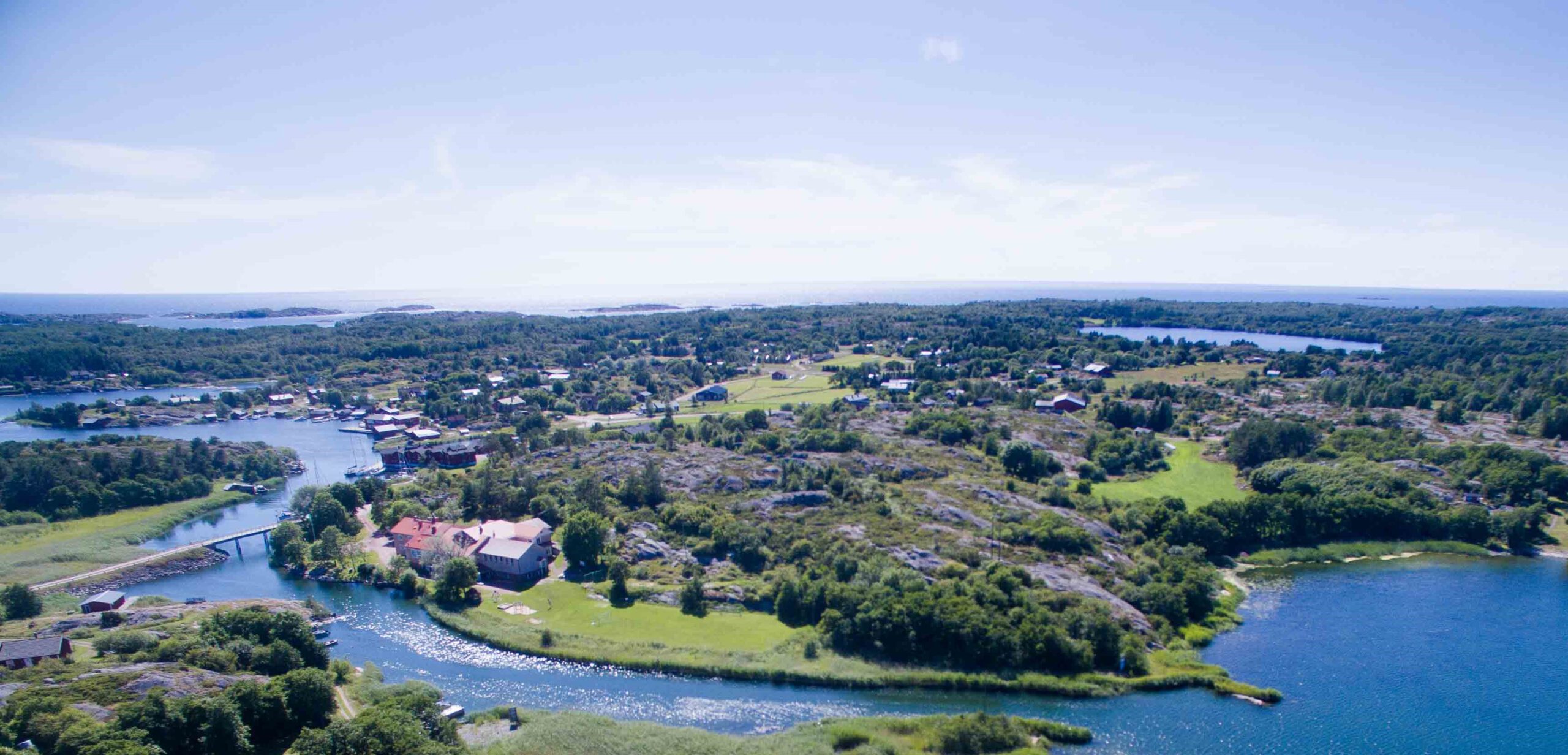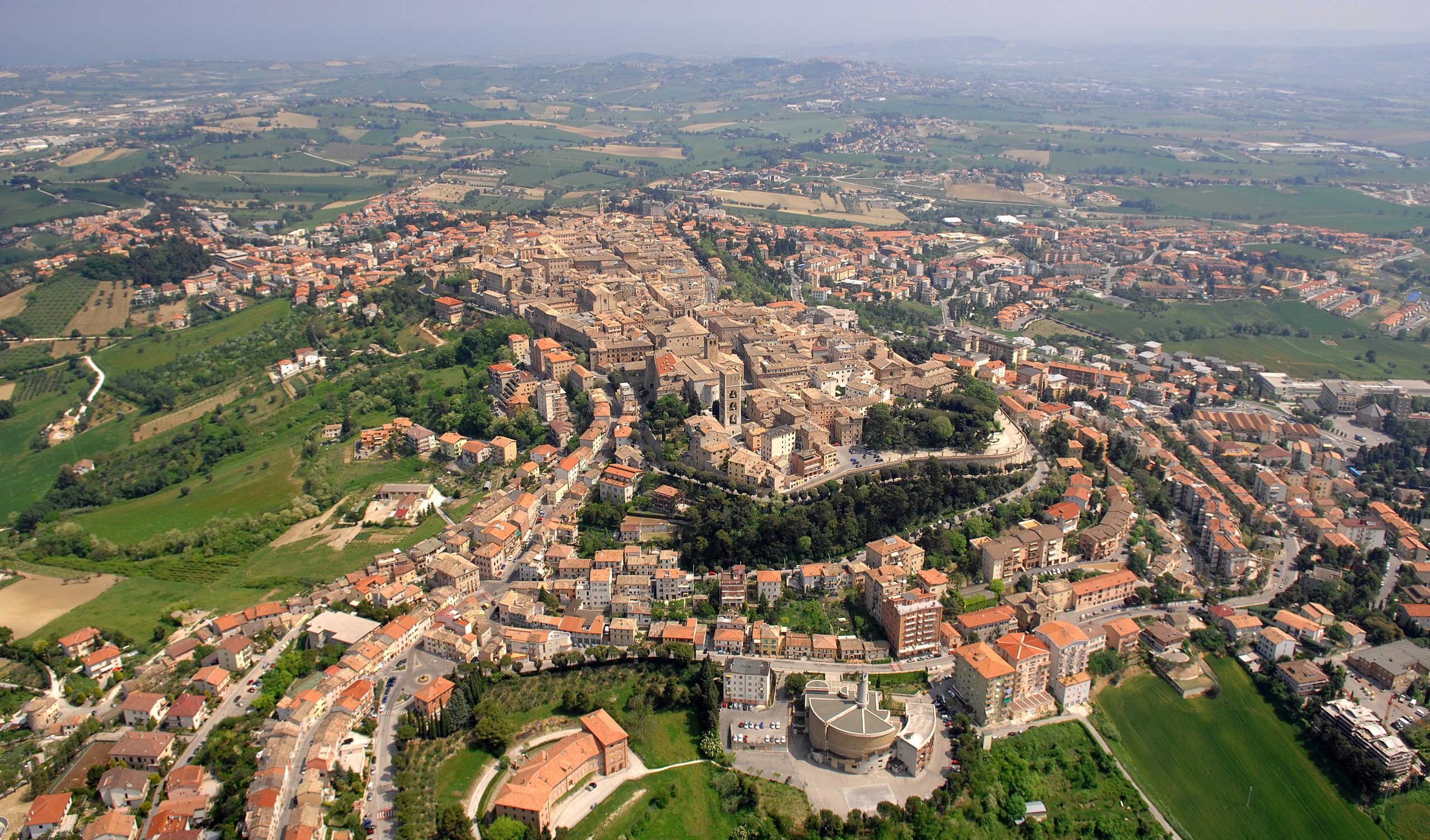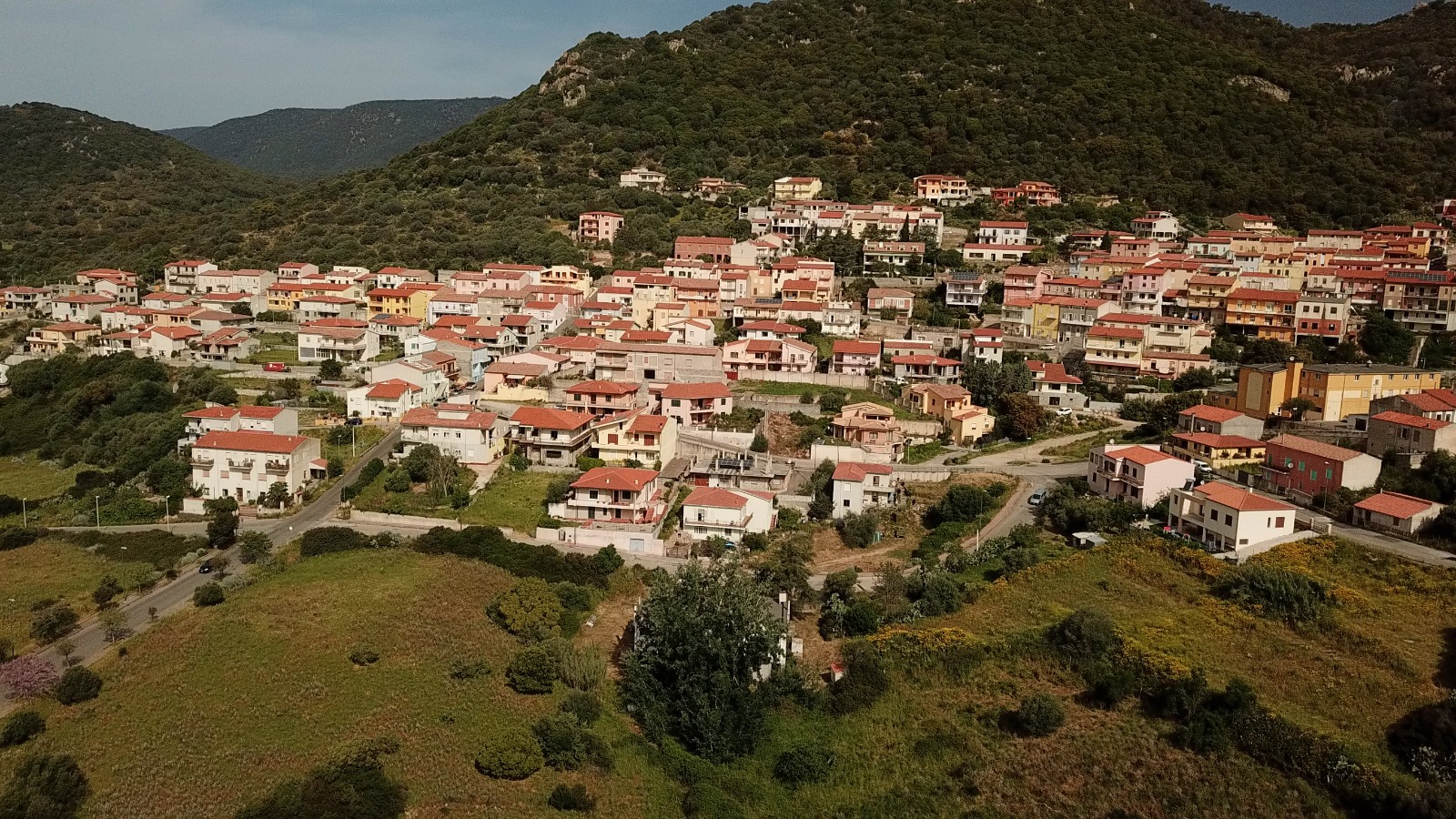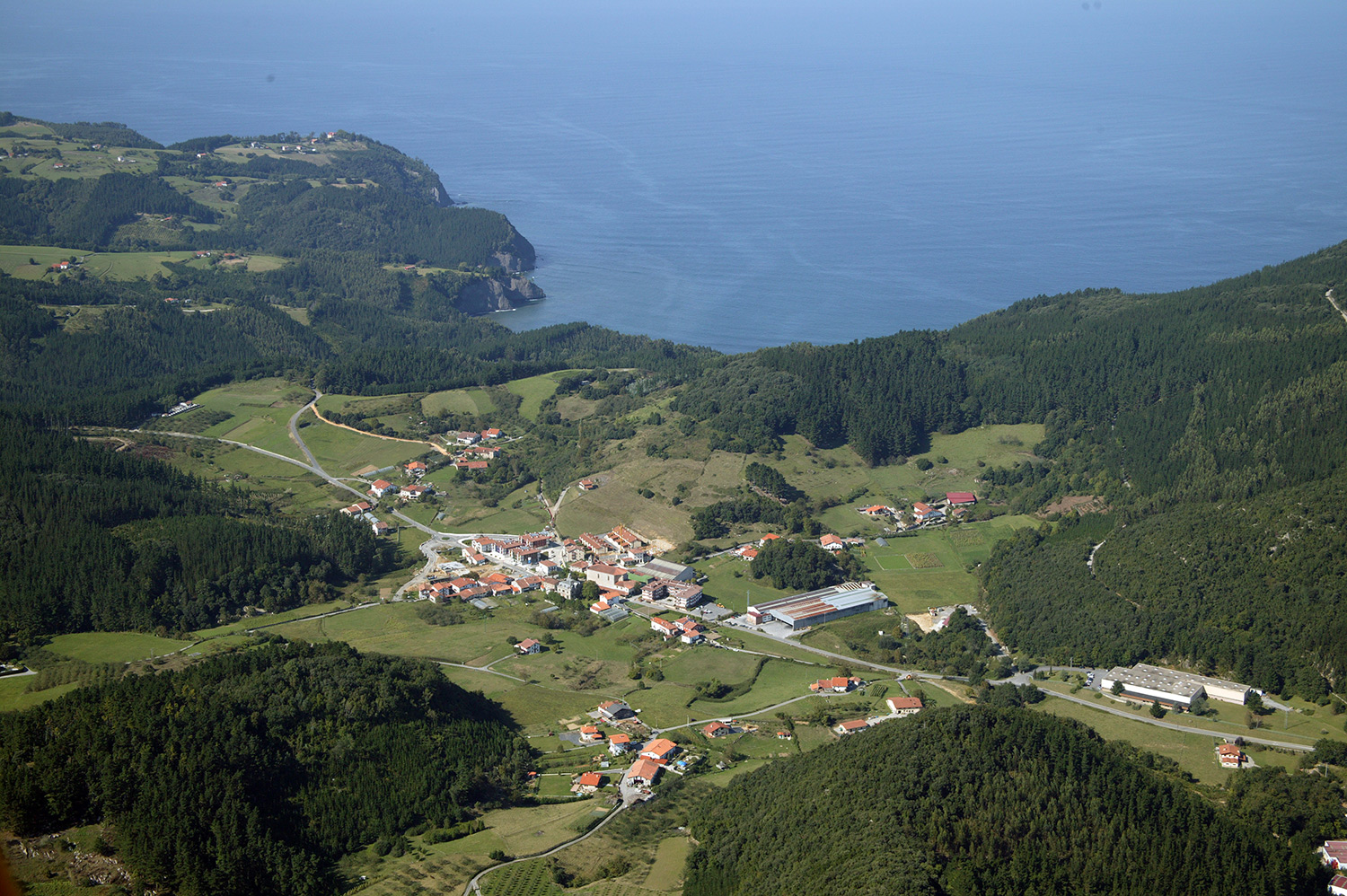


Kökar is a small archipelago municipality of Åland Islands with a total land area of 64 km². The population of Kökar island is officially 234 persons (2018), but the actual number of inhabitants ranges from 160-170 in wintertime to 1,000 in summertime.
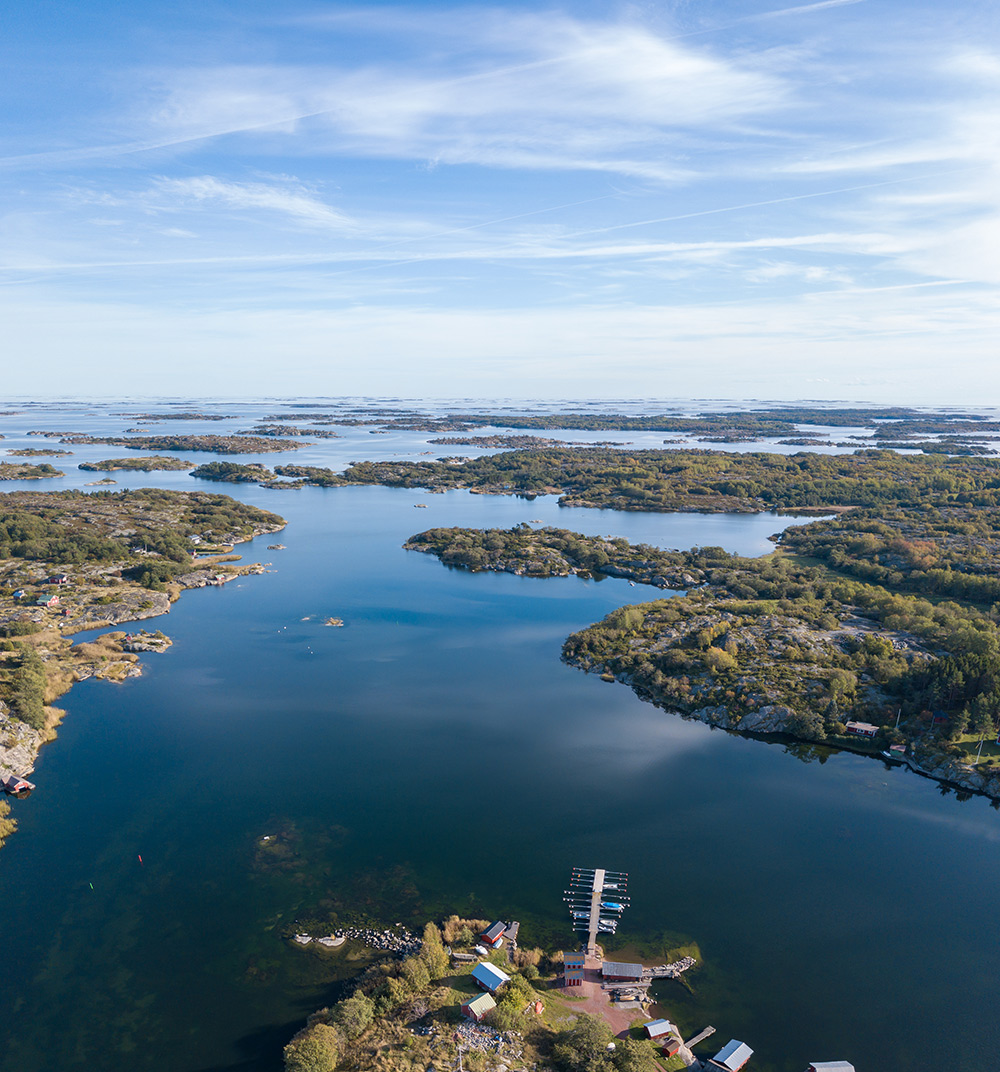
This island municipality is visited by around 18,000 tourists along the year, which results in high volatility and puts extra demand on the flexibility of the infrastructure.
Kökar takes part in the CE4EUI (Clean Energy For EU Islands) and published its clean energy transition agenda in summer 2020. Furthermore, Kökar has been selected as one of 20 islands in Europe that will act as pioneers in the work of reducing CO2 emissions.
Demonstration actions
Several technical and non-technical measures will be implemented in Kökar demo site to increase the share of renewable energy sources (RES), enhance the flexibility of the energy system, improve the stability of the grid and foster the efficient use of the energy assets:
Åland Islands have set their vision and strategic development goals for 2030 to create a sustainable society, including the reduction of carbon emissions by at least 60% compared to 2005, and the increase of the share of renewable energy to at least 60%. Through their participation in LocalRES project, Kökar municipality will actively contribute to these sustainability goals at local level.
The already strong community engagement in the area will be used for getting prosumers on board for the demonstration actions, and will be pushed one step forward by promoting the creation of a Renewable Energy Community (REC) in the area. Furthermore, local citizens will be invited to present their interests and expectations in terms of the energy community, which will promote their active involvement in the local energy transition.
The school’s old oil heating system currently constitutes one of the biggest consumers in the area. A new heating system based on a hybrid heating solution will provide electricity to the school and the energy community, which will increase the self-reliance and offer a new flexibility asset for the grid.
A new photovoltaic system will be mounted on the roof of the school and integrated in the local energy system, which will increase the energy self-sufficiency and renewable energy share, and will contribute to the reduction of greenhouse gas emissions.
A micro-wind system will be deployed in Kökar’s school and integrated in the local system to contribute to the increase of the renewable energy share and reduce the energy dependence.
A smart energy management system (SEMS) will be deployed in the school for an optimized operation of the heating system and other renewable energy technologies, hence enhancing the current capacity of the system to accommodate renewable energy. In addition, a campaign will be carried out for the involvement of local households to install SEMS, which will provide energy savings and a more efficient management the energy, and will facilitate their effective integration in the energy community.
A public charging station will be implemented on a strategic location to foster the deployment of EVs in the island and for the island visitors.
The elderly home will be equipped with a solar photovoltaics system, which will be mounted on the roof, electrical batteries and a smart energy management system. This new energy system will contribute to increasing security during power shortages, shaving peaks and ultimately managing the energy resources in a more efficient way.
Read next
Kökar
Kökar is a small archipelago municipality of Åland Islands with a total land area of 64 km². The population of Kökar island is officially 234 persons (2018), but the actual number of inhabitants ranges from 160-170 in wintertime to 1,000 in summertime. This island municipality is visited by around 18,000 tourists along the year, which results in high volatility and puts extra demand on the flexibility of the infrastructure. Kökar takes part in the CE4EUI (Clean Energy For EU Islands) and published its clean energy transition agenda in summer 2020. Furthermore, Kökar has been selected as one of 20 islands in Europe that will act as pioneers in the work of reducing CO2 emissions.
Kökar became a fellow case in April 2024, due to local minority driven delays of technical activities.
Osimo
Osimo is a charming town perched on a hill overlooking the Adriatic Sea in the Marche region of central Italy. With a population of approximately 35,000, it covers an area of 106 km2 and sits at an average altitude of 265 meters.
Berchidda
Berchidda is a 3000 inhabitants village located on the southern slopes of Mount Limbara, in the north of Sardinia Island. The land covers approx. 201 km2 and it is located at an average altitude of 300 m, with a wide hilly area in a radius of almost 20km. The anthropic structures, vegetation and climatic conditions are typical for the inland areas of Sardinia, with average temperatures of 15°C.
Ispaster
Ispaster is a small village located in the coast of Bizkaia, in the north of Spain. With a municipal area of 22 km², Ispaster has a population of 740 inhabitants, of which 350 are concentrated in the main neighborhood of Eleixalde.
